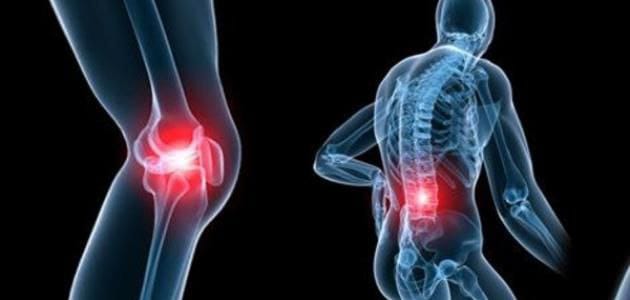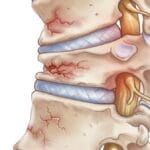Take steps now to keep them in good working order
If you’re like most people, you don’t think much about your joints until they start hurting.
But your joints deserve attention long before they cause continuous discomfort. Prevention really is the best medicine when it comes to joint pain,.
Taking care of your joints early can help alleviate a number of issues that might otherwise plague you as you get older, issues that could have a profound impact not just on your mobility but on your overall health.
Here are five tips for safeguarding your joints — and the cartilage that supports them — as you age.
1. If you smoke, quit
Smoking and tobacco use are risk factors for everything from cardiovascular problems to cancer. Smoking can hamper your joints, too.
Because smoking increases inflammation throughout your body, it can make it harder for your body to recover and heal from an injury.
Obviously, it’s not easy to give up smoking for good. But consider this: Within eight hours of quitting, the carbon monoxide level in your blood returns to normal and the oxygen levels in your blood increase.
If you’re thinking about quitting, plan ahead and seek support to increase your chances of success.
2. Replace energy drinks and soda with water
Water makes up about 80% of your body’s cartilage (the flexible, connective tissue that cushions your joints). If you don’t stay well-hydrated, your body will pull water from cartilage and other areas, Dr. King says, which can wreak havoc on your joints.
His advice: Replace soda and energy drinks with water. This will help deliver better hydration to your joints and heart.
Not sure how much water you should consume? Listen to your body’s cues: Make sure you have water available at all times. When you feel thirsty, drink. And increase hydration during hot weather and when exercising.
3. Don’t let extra pounds overtax your joints
Your joints are meant to sustain a certain amount of force. If you’re overweight or underweight, you’re likely putting more stress on your joints than you realize.
If you’re overweight, each additional 10 pounds of weight you carry adds 20 to 39 pounds of force to each knee. If you’re underweight, you lack the muscle bulk to keep your joints strong and stable.
If your weight isn’t where you want it to be, enlist a physician’s or dietitian’s help in finding a healthy eating plan that works for you.
Consider an approach like the Mediterranean diet, which includes a hearty mix of fruits and vegetables, as well as whole grains and healthy fats. This can help reduce inflammation and also protect your heart.
Regular exercise can also improve your odds of maintaining a healthy weight. Dr. King’s favorites for reducing weight on your joints include:
- Bicycling.
- Pilates.
- Swimming.
- Walking in the shallow end of a pool.
- Walking on a treadmill with no incline.
- Yoga.
If you’re new to exercise, it’s best to work with a physical therapist. They can ensure that you’re healthy enough structurally to tolerate exercise, Dr. King says.
4. Always warm up and cool down
A lot of people go straight from work to the gym. Before stretching their muscles and warming up their joints, they get right on the treadmill.
This can spell trouble because skipping your warm-up can put your joints at greater risk of strain and overloading, he says.
For best results, warm-up and cool-down exercises should last for about five minutes. Work with the same muscles you’ll use during exercise, but at a slower pace. Warming up is especially important as you age; older joints are often less resilient.
Dynamic stretching is a particularly good way to warm up before activity because it mimics the movement you’ll be doing with exercise, like leg pendulums or walking lunges. These stretches also increase blood flow to muscles which reduces the resistance and increases their flexibility.
5. Listen to your body’s cues
Muscle soreness after exercise is one thing. Joint pain after exercise is another.
If you get sore after exercise in a way that makes sense for the activity you did, and the soreness easily goes away, you’re probably OK,. But if you develop joint pain, it’s your body’s way of telling you something is wrong.
That’s when it’s time to see a doctor. It may be something simple to correct, such as incorrect form. Or something more complex, such as early-onset osteoarthritis, may need to be addressed.





